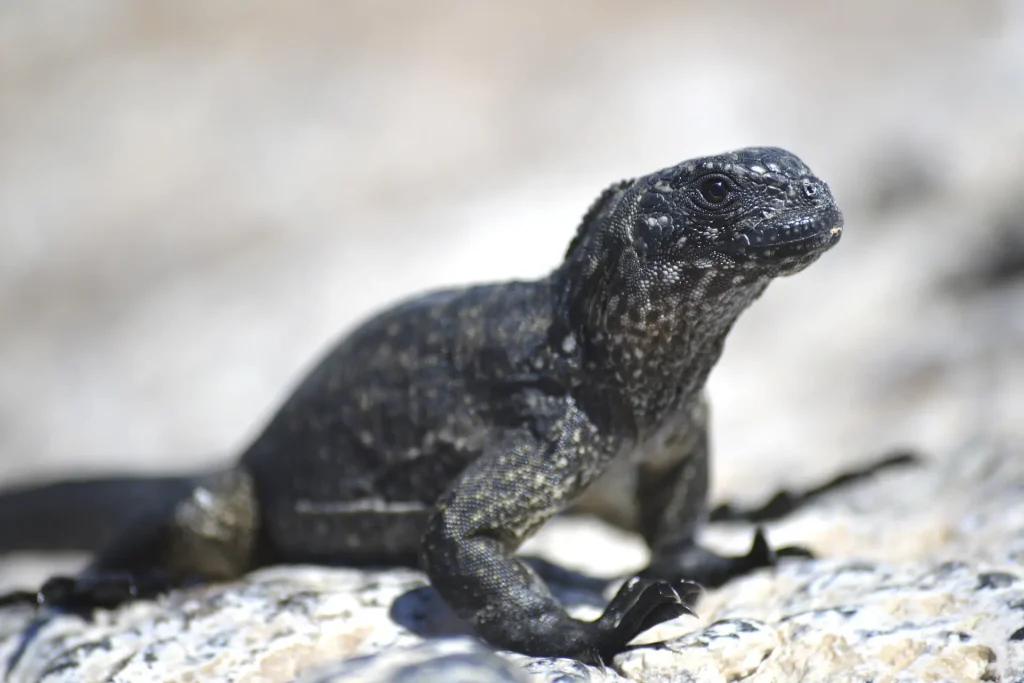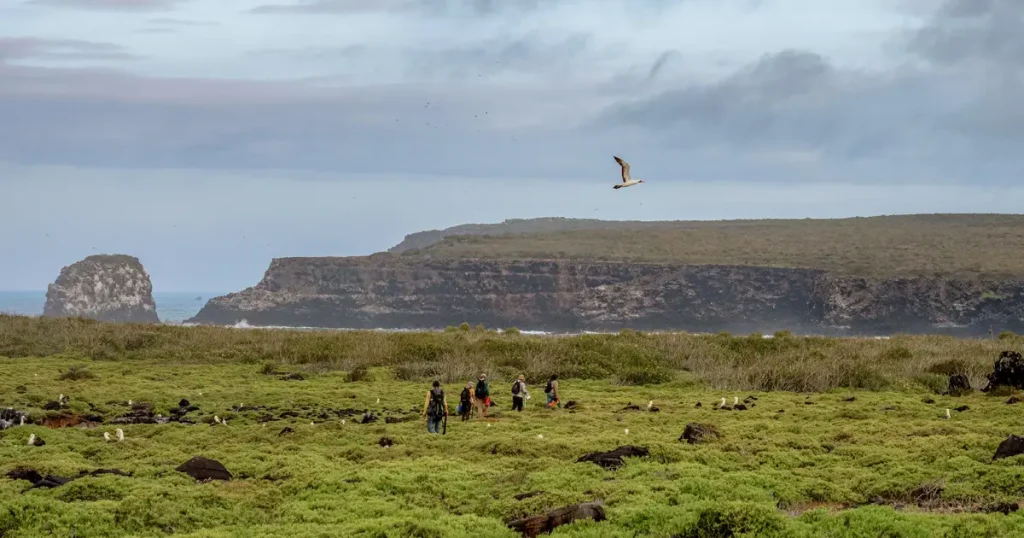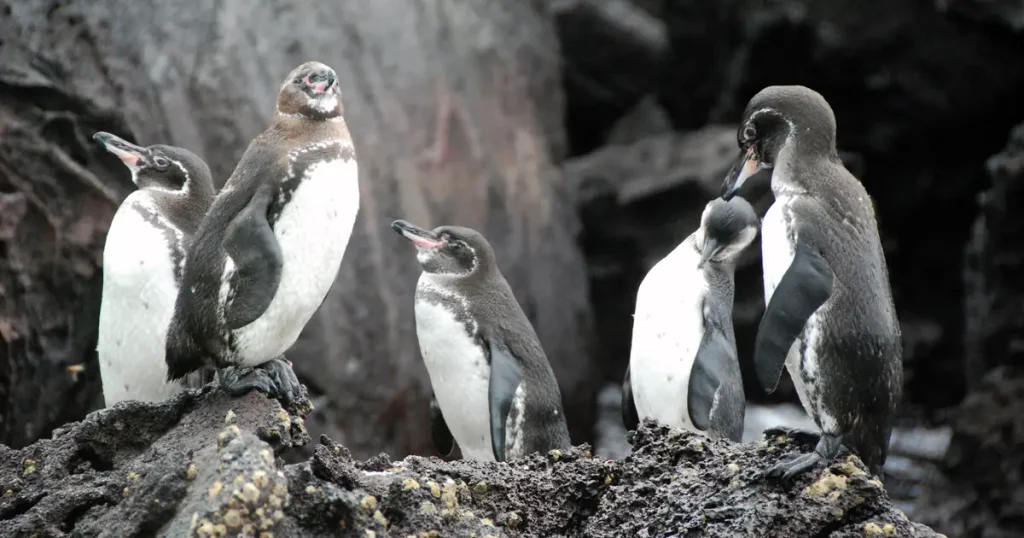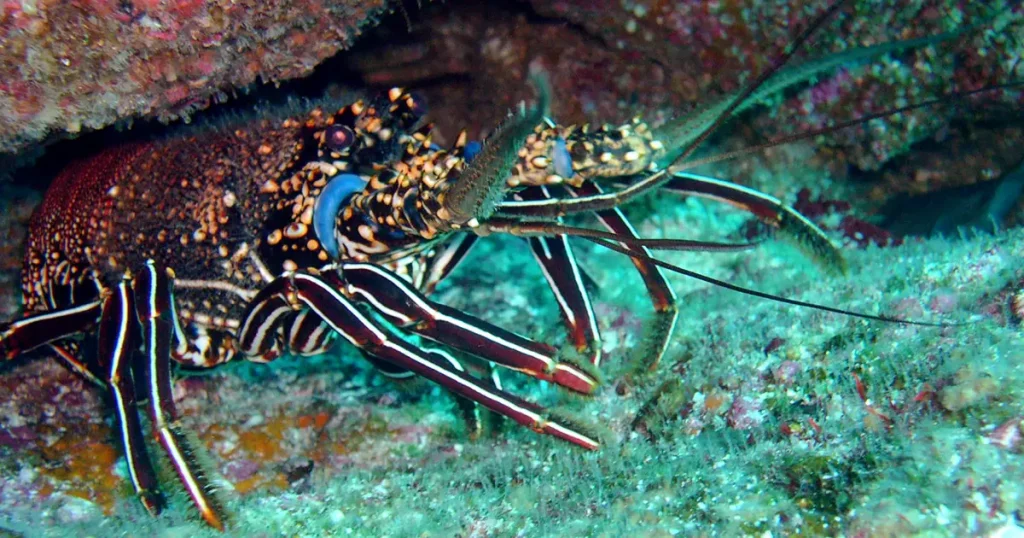The Season of Marine Iguana Hatching in Galápagos: A Natural Spectacle on the Coastline
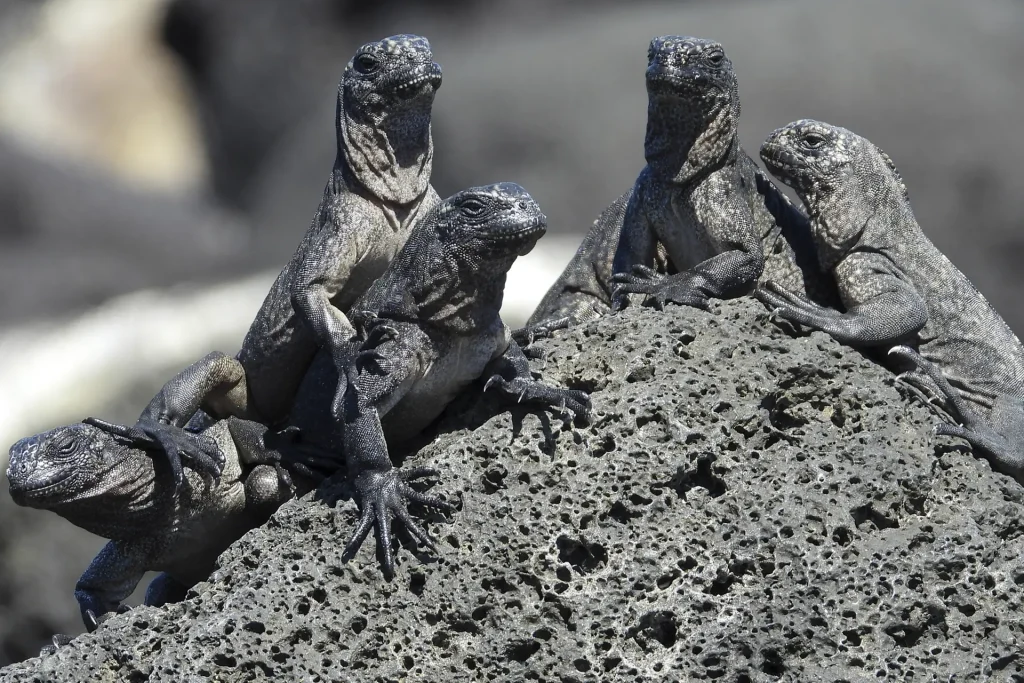
Every year between May and July, the shores of the Galápagos witness a natural marvel: thousands of tiny marine iguanas emerge from their nests in the sand. This is the hatching season of marine iguanas in the Galápagos – a fascinating and unique event that attracts scientists, tourists, and nature enthusiasts from around the world. This phenomenon not only marks the beginning of life for these unique creatures but also signifies a crucial moment for the coastal marine ecosystems of the archipelago.
Galápagos marine iguanas are the only sea-going lizards in the world. These expert swimmers feed on green leafy algae that they scrape with their unusual three-pointed teeth from the surfaces of submerged rocks. Their success hatching and surviving are important indicators of the health of the marine environment.
A Journey Begins
During the nesting season, female marine iguanas (Amblyrhynchus cristatus) dig nests in the sandy beaches of the Galápagos. After laying their eggs, the iguanas cover their nests and leave them to incubate under the warmth of the sun, a process that lasts approximately three months. When it’s time for hatching, the small marine iguanas begin to emerge from their well-buried eggs and make their way through the sand to the surface. This is a critical moment in their lives, as face numerous natural predators such as gulls, hawks, snakes, as well as introduced cats. Newly hatched iguanas use their instinct and agility to quickly run to rocky areas near the water’s edge where, accompanied by adult individuals, they have a better chance of survival.
Ecological Importance and Conservation
The marine iguanas are unique to the Galápagos and play a vital role in the marine ecosystem. By consuming algae, they contribute to the balance of the marine environment, regulating algae growth and facilitating the flourishing of other marine organisms.
However, despite their resilience, marine iguanas are confronted with various threats such as climate change, pollution, and the introduction of invasive species, which jeopardize their survival. Therefore, it is essential to persist in efforts to protect these captivating creatures and their distinctive habitat.
Our conservation director, Dr. Jorge Carrión, emphasizes the importance of this event. He says, “The hatching of marine iguanas is crucial for the health of the Galápagos ecosystem. These iguanas are essential to the dynamics of our marine communities. Protecting their habitat and ensuring their survival is vital for the islands’ biodiversity.”
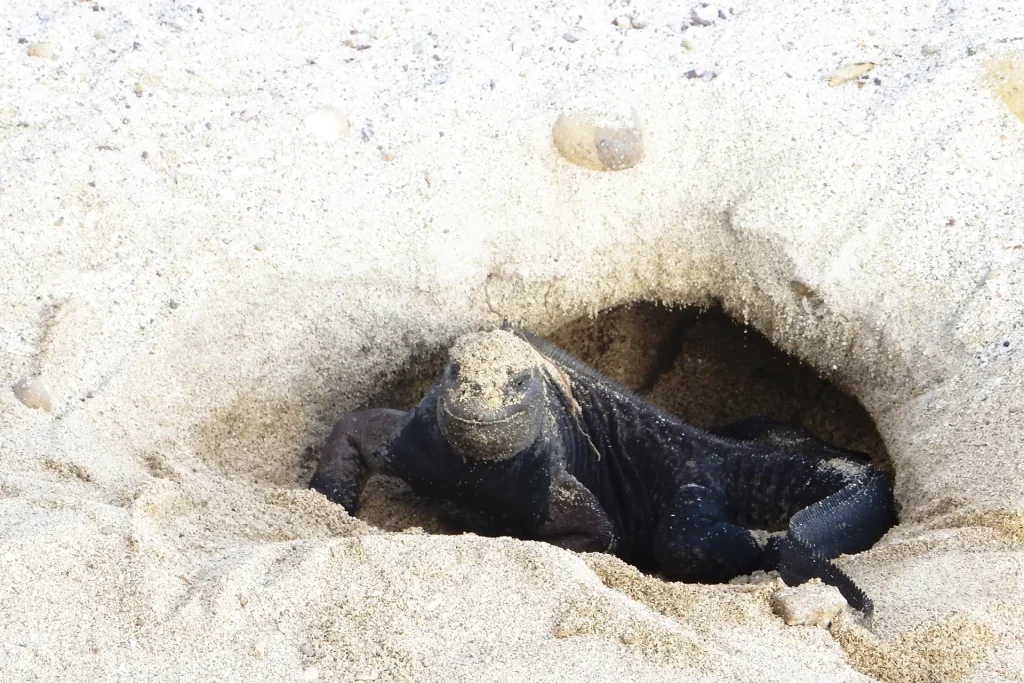
An Opportunity to Support Conservation
The hatching season of iguanas in the Galápagos offers a special opportunity for observation and learning. Visitors can witness this natural event up close and deepen their understanding of these incredible reptiles.
It is important to continue conservation efforts for marine iguanas and their habitat. By ensuring the protection of these creatures and their environment, we can guarantee that this natural phenomenon continues for generations. The support of our donors and individuals committed to conservation is essential to achieve these goals and protect the biodiversity and ecosystems that make the Galápagos the unique and invaluable place that it is.
